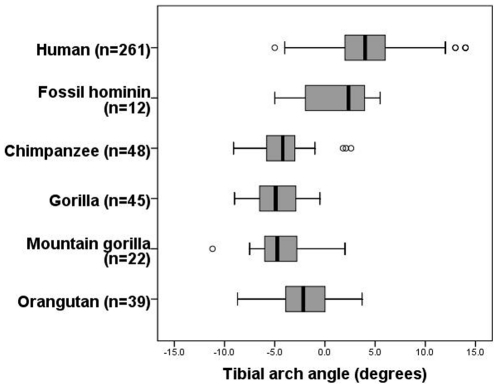Figure 3. Variation in tibial arch angle in extant apes and fossil hominins.
The tibial arch angle differentiates humans and non-human primates. Mountain gorillas, lowland gorillas, and chimpanzees have statistically indistinguishable tibial arch angles, and orangutans have the least posteriorly directed angle of the great apes. These comparative data do not support the hypothesis that this angle is related to arboreality or hindlimb suspensory abilities. Instead, it is argued in this study that the tibial arch angle is related to rearfoot arching. Humans are quite variable for this measure, and fossil hominins occupy the lower end of the modern human spectrum, though this distribution can be sampled from a modern human population. The median (black bar), interquartile range (box) and overall ranges (whiskers) are illustrated. Outliers defined as 1.5 times the interquartile range are shown as circles.

